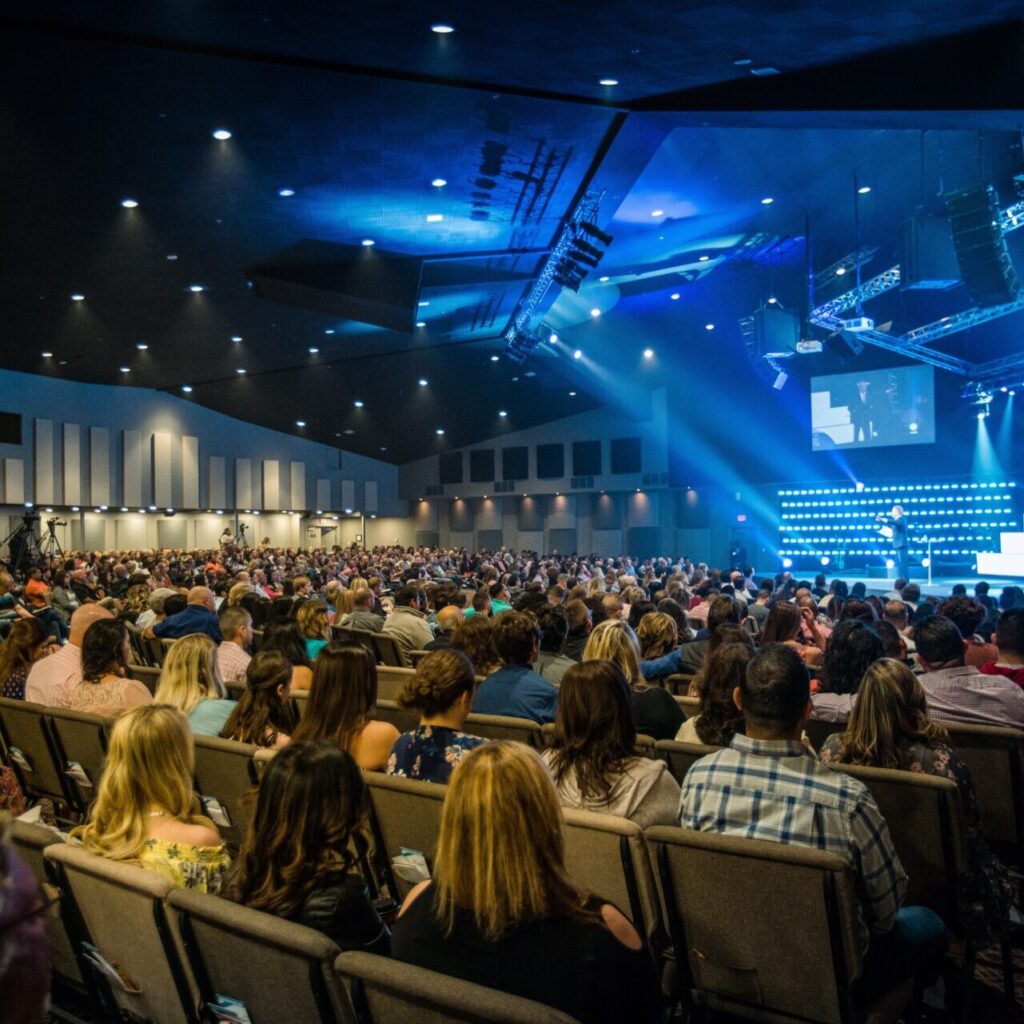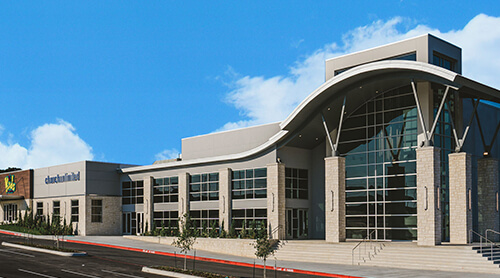Church stage lighting is an essential aspect of any church service or event. It is used to create an atmosphere, set the mood of a service or event, and highlight certain aspects and performers.
Moreover, church stage lighting can help enhance the audio/visual experience of the audience, making it easier to follow along with the sermon or presentation. This article will discuss the importance of church stage lighting, its different uses, and the various types of lighting available.
Tips on Mastering Church Lighting
Here are some top tips for church stage lighting to help you achieve the desired effect and make your events more memorable:
Know the Purpose of Church Lighting
Before you can start designing your church stage lighting, you need to understand the purpose of the lighting. Different events and services require different lighting setups.
For example, a worship service may require soft, warm lighting to create a peaceful and reflective atmosphere. In contrast, a concert or performance may need bright and colorful lighting to create excitement and energy.
Use Different Types of Lighting
Using different types of lighting can create depth and dimension on stage. Some of the most common types of lighting include:
- Ambient lighting: This type of lighting provides overall illumination for the stage and sets the mood for the event.
- Accent lighting: This highlights specific areas or objects on stage, such as a podium or altar.
- Backlighting: Backlighting creates depth and dimension by illuminating the background or creating a halo effect around performers.
- Color lighting: Color lighting can create a dramatic effect and add visual interest to the stage.
You can create a dynamic and visually engaging stage by combining these types of lighting.
Invest in Quality Lighting Equipment
Investing in quality lighting equipment is essential for achieving the desired effect. Cheap or outdated equipment will most likely produce poor-quality lighting and may be a safety hazard. When purchasing worship technical systems, consider the following:
- The size of your stage
- The type of events you will be hosting
- Your budget
Some essential lighting equipment includes:
- Lighting fixtures
- Control board
- Cables and power distribution
- DMX cables
Use Lighting To Direct Attention
Lighting can direct attention and focus on specific areas or objects on stage. For example, if a speaker is giving a sermon, you can use lighting to highlight the podium or altar and create a focal point for the audience. You can also use lighting to guide the audience’s attention from one area of the stage to another, such as during a performance.
Don’t Forget About Shadows
Shadows can add depth and dimension to your lighting but can be distracting if not used correctly. Make sure to position your lighting fixtures and performers to minimize unwanted shadows. You can also use shades to create a dramatic effect, such as with backlighting or silhouette lighting.
Consider the Acoustics
Lighting and acoustics go hand in hand. The type and placement of your lighting fixtures can affect the acoustics of your space. For example, if you have a lot of reflective surfaces in your area, such as glass or tile, you may need to use soft lighting to avoid creating a harsh and echoey sound. You can also use lighting to create a more intimate and cozy atmosphere, which can improve the acoustics of your space.
Keep Safety in Mind
Safety should always be a top priority for church stage lighting. Make sure to follow all safety guidelines and regulations, such as:
- Keeping all cables and equipment organized and out of the way
- Using safety cables to secure heavy lighting fixtures
- Making sure all fixtures are grounded properly
- Having a fire extinguisher nearby in case of emergencies
Test Your Lighting Setup
Before any event or service, you must test your theatrical lighting setup to ensure everything works correctly. This will give you time to make necessary adjustments and ensure your lighting is ready for the event.
Get Feedback
After the event or service, getting feedback from attendees and performers is a good idea. This will give you a better understanding of how your lighting setup was received and what areas you may need to improve for future events.
Conclusion
Church stage lighting is essential to any event or service. By understanding the purpose of the lighting, using different types of lighting, investing in quality equipment, directing attention, considering shadows and acoustics, keeping safety in mind, testing your setup, and getting feedback, you can create a memorable and meaningful experience for your audience.
Messenger AVL caters to your church lighting and other worship technical needs. Being in the business for over 18 years, we have completed thousands of projects and have served many churches with various sized congregations. Schedule a call today!



